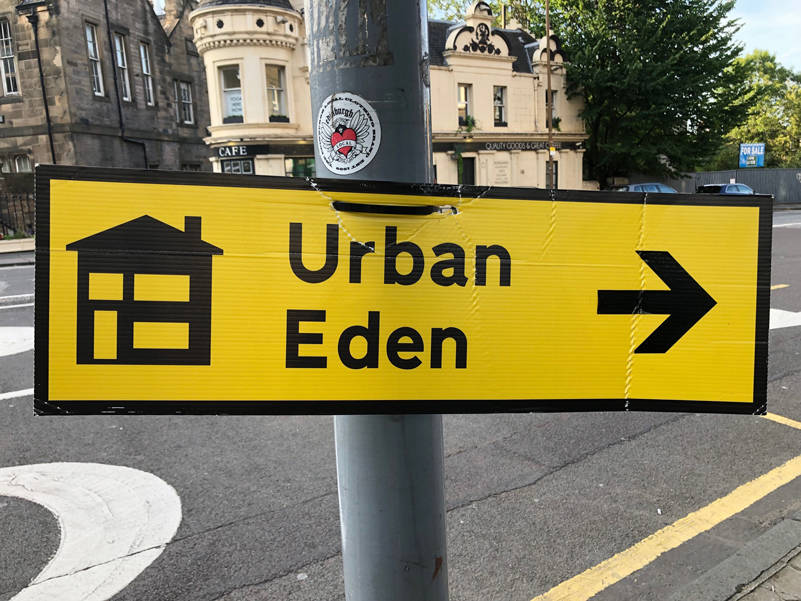By Morf Morford
Tacoma Daily Index
Other than the well-coifed beard and the obsession with artisan coffee, I must admit that I have less of an understanding every day about what is a hipster.
There seems to be a well-defined aesthetic with a variety of “leanings” from vegan to ironwork to vintage bicycles and worn brick.
Other than that, I’m not so sure.
But some cities cultivate (perhaps not always intentionally) a hipster vibe.
Films and TV might tell us that Brooklyn is hipster mecca.
But we on the West Coast know that Portland and San Francisco are both setting the bar (for better or worse) for hipsterness.
And yes, there is a (semi)measurable criteria – mostly thrift stores, farmers markets, record stores, tattoo studios, urban gardening- and of course, bike-friendliness. Details can be found here: https://www.lawnstarter.com/blog/studies/most-hipster-cities/
And, this being the deliberately contentious 2020s, there may not be the most concise definition about what a “hipster” is, or what they represent or believe in, but there is a coffee chain with a specifically defined “anti-hipster” identity: https://www.businessinsider.com/what-is-black-rifle-coffee-company-2021-7.
Hipsters, perhaps like every ethnicity or emerging subculture, seem to scramble to assemble distinctive beliefs or icons.
In some circles, for example, Starbucks is the ultimate hipster mecca packed with “latte liberals”.
For others, Starbucks could not be further from the hipster motif – and I am clearly not enough of a coffee bean connoisseur or political analyst to discern what “liberals” and “lattes” have in common. (But it does make me wonder, like the age old chicken and egg question, which came first….)
By whichever definition, some cities are more “hipster friendly” than others.
“Hipsters”almost by definition, have targeted disposable income – especially in the aforementioned categories of farmers markets, record stores, tattoo studios, urban gardening- and of course, their custom-made bikes and arcane coffee concoctions.
They are also claiming, or reclaiming, areas of entrepreneurship long neglected by standard markets.
Consider this social media notice by an entrepreneur intending to open a “breakfast only” restaurant – as he was looking for investors and business partners;
I’m opening a Cereal Restaurant. Hipster ambience. Dim lighting. Rustic wood & leather furniture. Fast & friendly service staff. Dine-in. Full variety of milks, from organic to Kobe. Complete suite of all cereals.
Is this the ultimate comfort-food appeal or is it, in typical hipster logic, a reach into the future by referencing ironically (or not) an idyllic and innocent childhood flavored past?
Hipsters, and those who would cater to them, have a motif, a recurring set of themes they are working towards.
Worn industrial settings, with lots of exposed brick and iron or tile with just the right amount of rust and patina that show a level of craftsmanship and wear hold an inherent appeal – largely because of the untold stories behind each broken or re-purposed tool.
Privately owned cars might be a necessity for most of us, but for hipsters, any other mode of transportation takes precedence.
From rails, to bicycles to old-fashioned, long distance walking, personal (non-automated) mobility is the highest and purest expression of freedom.
This might explain why the cities most conducive to car-less transport are also considered the most hipster friendly.
That would be the usual suspects; San Francisco, Seattle, Oakland and Portland.
A few other California cities round out the top ten car-less cities (San Jose at No. 6, Fremont at No. 8, and Santa Rosa in 10th place).
A few non-West Coast cities are on the list – Madison, Wisconsin (No. 5), Minneapolis (No. 7), and Boston (No. 9) make up the other three.
You can see the details and methodology on car-less cities here – https://www.lawnstarter.com/blog/studies/best-cities-carless-weekend-trips/.
If using or renting a car is part of your travel routine, be sure to have one in place before you visit those cities toward the bottom of the list. They too tend to be clustered together, largely, for whatever reason, in the Southern states.
Finishing in some of the last places are Little Rock, Arkansas, at 142, Jacksonville, Florida, at 144, Memphis at 146, and, finally, Mobile, Alabama, holding number 150 out of 150.
Whether the hipster ethic will prevail or fade, or, like many cultural movements before it, will merge barely noticeable into whatever comes next will be anyone’s guess.
But for the time being, most cities, you may have noticed, base most of their marketing on the hipster icons of mini-breweries, artisan coffees and off-center entrepreneurship.
For any city to bet its identity and economic future on young people is rarely a losing proposition, the only question for any city to answer is how true that image is to the reality.
*******
You may have noticed that the city of Tacoma barely registers on the scale of measurable hipsterness – Tacoma is number 40 which (almost) compares to Spokane at number 30 (https://www.lawnstarter.com/blog/studies/most-hipster-cities/).
Oddly enough, San Diego holds the 54 spot, with Las Vegas at 55, Los Angeles number 81, and Chicago at 84.
Hipsterness, like many things, in spite of research like this, is perhaps just another example of being in the eye of the beholder.





